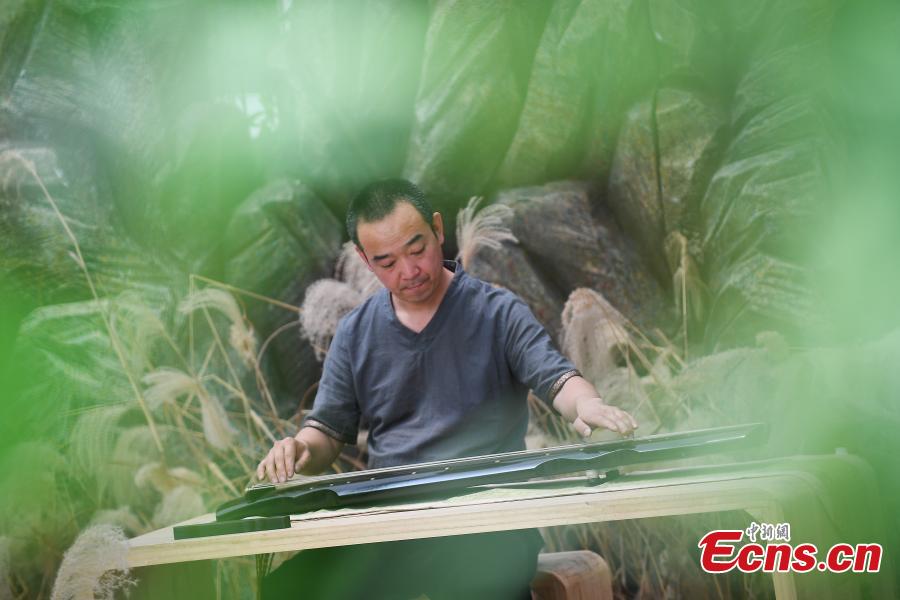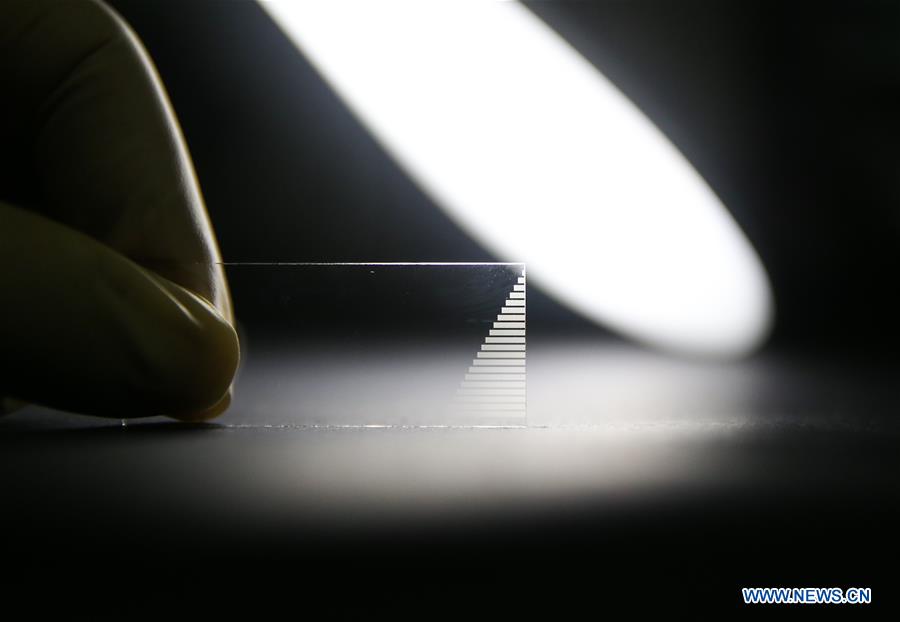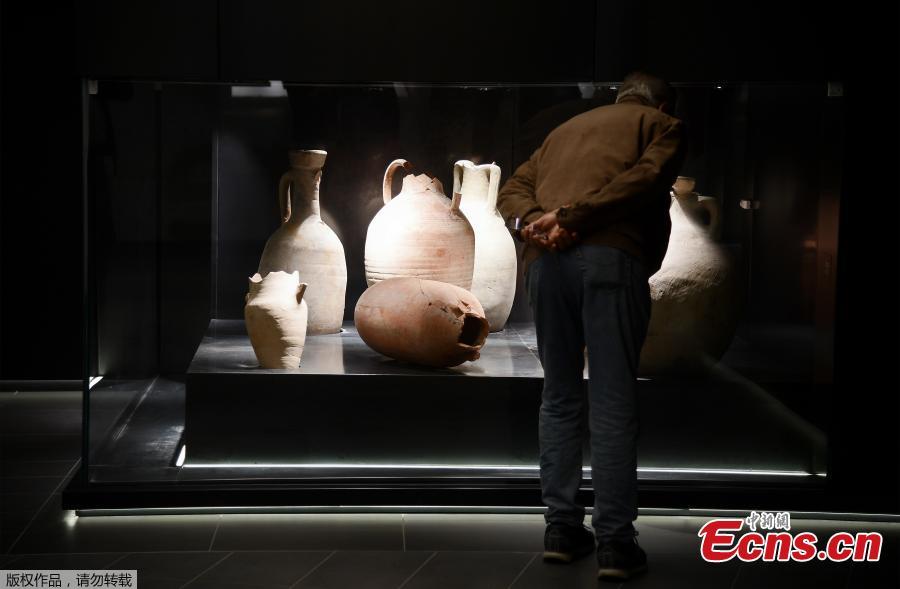An upgrade to Australia's biggest telescope may allow Australian astronomers to create a clearer picture of the universe, according to leading scientists.
The Commonwealth Scientific and Industrial Research Organisation (CSIRO) recently installed a "bionic ear" receiver to the Parkes radio telescope in outback New South Wales, which enabled it to catch a wider range of frequencies in the cosmos, and turn them into electronic signals for astronomers to analyse.
The 1.8 million-U.S. dollar equipment, which was partly funded by Germany's Max Planck Institute for Radioastronomy and the Chinese Academy of Sciences, has created opportunities for new discoveries, according to the CSIRO.
"Stars and galaxies 'sing' with different voices, some high, some low ... it's like a choir out there," CSIRO astronomer Dr George Hobbs said on Tuesday.
"Until now we've had receivers that heard just one part of the choir at a time. This new one lets us listen to the whole choir at once."
The receiver also creates a level of "multitasking for science."
"The equipment allows for increased efficiency when looking at pulsars and black holes in space," a CSIRO spokeswoman told Xinhua.
"For the first time ever we are able to work on multiple programs at the same time, so our resources are being used in the most effective way possible."
Pulsars are neutron stars that emit radio waves, and scientists monitor these stars in order to determine their mass and level of rotation.
"We'll carry out giant surveys that give us a more complete picture of our place in the universe," CSIRO scientist Jane Kaczmarek said in a statement provided to Xinhua.
"We're also working on ways to cut down the stray radio signals -- radio-frequency interference -- that can hide the cosmic ones we're trying to pick up."
The Parkes radio telescope, one of the largest in the southern hemisphere, has received numerous updates since it was first installed in 1961, and is responsible for discovering most of the known pulsars.


















































